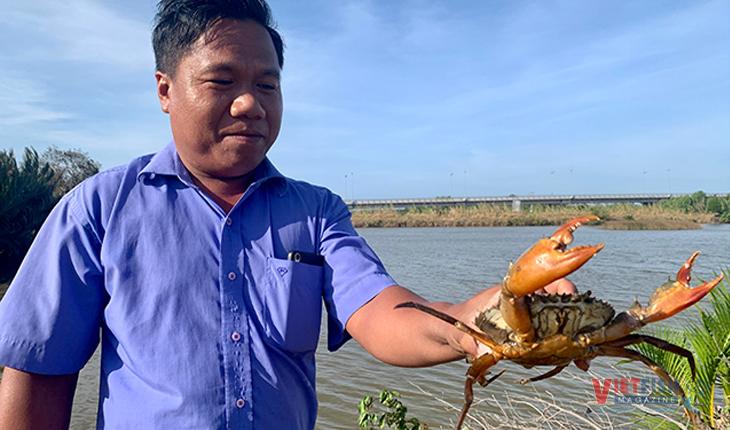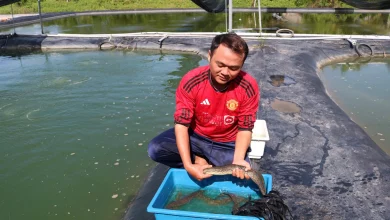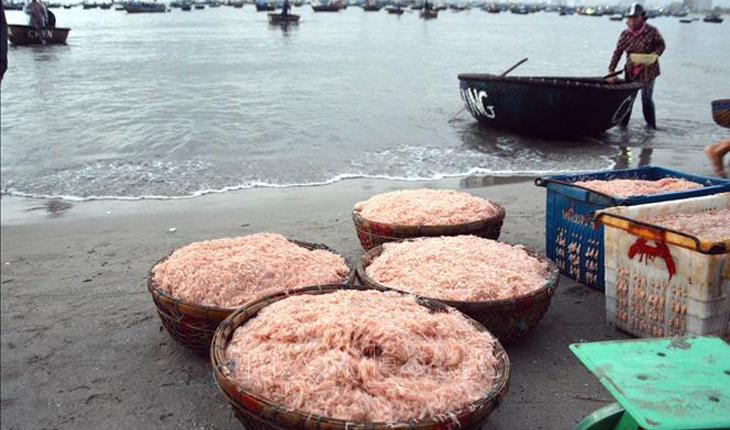Ca Mau: Crab farming under VietGAP standards enhances environment
The adoption of VietGAP standards in crab farming is paving the way for sustainable development, improving economic efficiency for farmers while enhancing environmental conditions.
In response to climate change challenges, Ca Mau province has implemented agricultural restructuring programs aimed at improving production efficiency and fostering sustainability.
Phu Tan commune, Phu Tan district, boasts over 5,000 hectares of aquaculture, yielding 7,150 tons annually. However, traditional farming practices, including excessive use of antibiotics and harmful chemicals, have negatively impacted the environment and human health.

To address this, the Ca Mau Agricultural Extension Center initiated a project to establish a VietGAP-compliant crab farming zone, covering 30 hectares and involving 15 households in My Binh hamlet, Phu Tan commune. The initiative emphasizes infrastructure readiness, technical training, and compliance with VietGAP standards to ensure long-term development and scalability.
After seven months of implementation, the model has shown positive outcomes. Farmers reported increased crab growth rates and higher yields.
Vo Van Phuong, a participant in the project, shared his success: “Applying VietGAP standards has significantly improved productivity. Regular monitoring of water quality, feeding schedules, and crab health has allowed for better management and optimization.”
Nguyen Van Khoi, another farmer, noted that his crab harvest increased by over 50 kilograms compared to traditional methods. “Previously, I earned about VND 90 million annually. This year, with VietGAP, I’ve already reached VND 140 million,” he said.
Participants highlighted the benefits of the model, including reduced chemical use, improved water quality, and a reliable product traceability system, which fosters stronger ties with buyers and ensures consumer safety.
The project has also positively impacted the environment. Regular water treatment using biological agents has reduced harmful waste accumulation, minimizing disease risks and creating a healthier habitat for the crabs.
Nguyen Giang Em, head of the Phu Tan Agricultural Extension Station, emphasized, “The use of biological treatments throughout the farming period has stabilized environmental indicators, enabling rapid crab growth and reducing disease outbreaks.”
Encouraged by the results, the Ca Mau Agricultural Extension Center plans to expand the model, providing training and support for more farmers. This initiative not only enhances livelihoods but also promotes sustainable aquaculture practices, ensuring safe and high-quality products for consumers.
The “VietGAP Crab Farming” model demonstrates a transformative approach, combining environmental responsibility, economic efficiency, and social awareness, setting a benchmark for sustainable aquaculture development in Vietnam.
VFM





